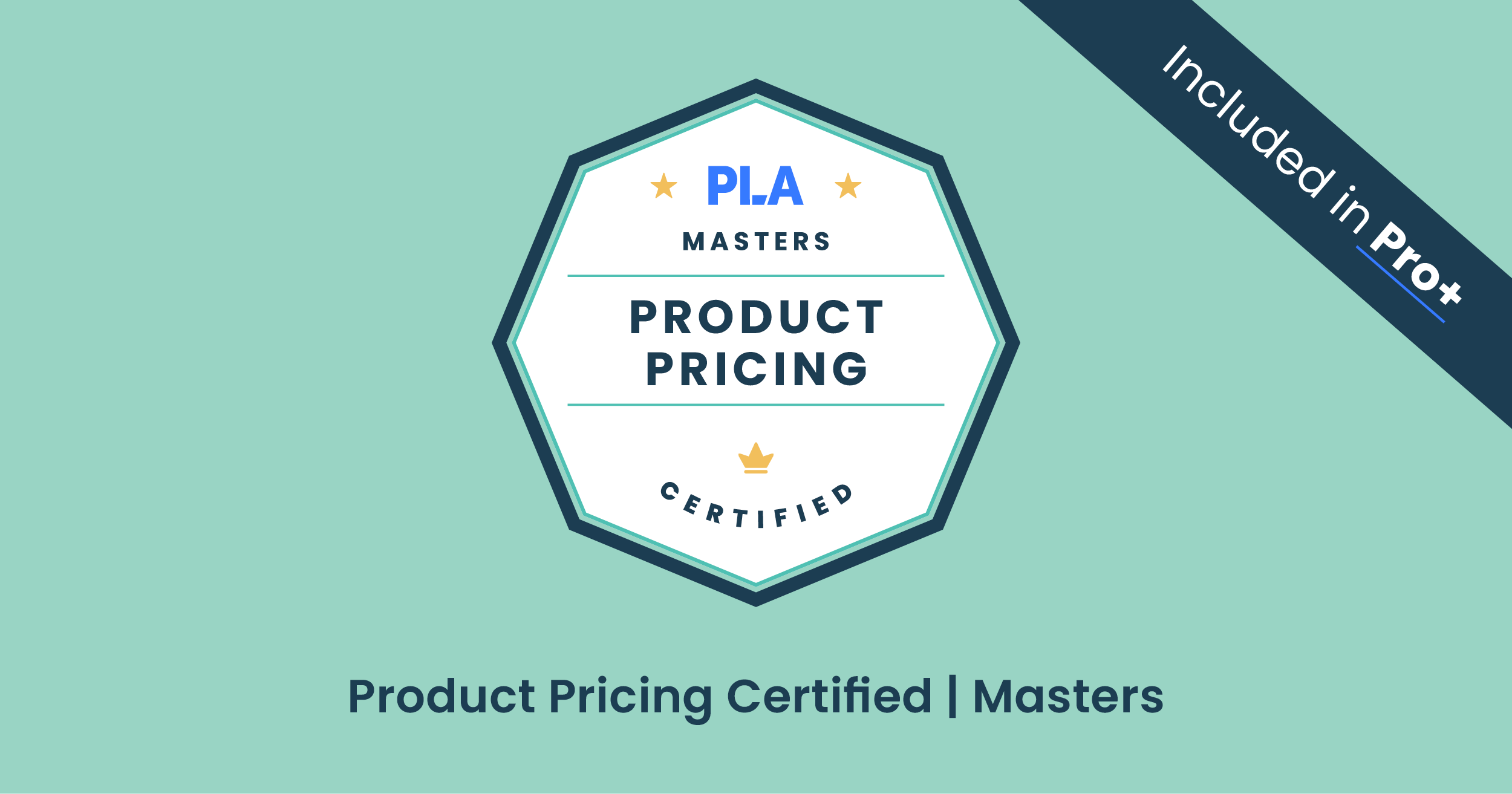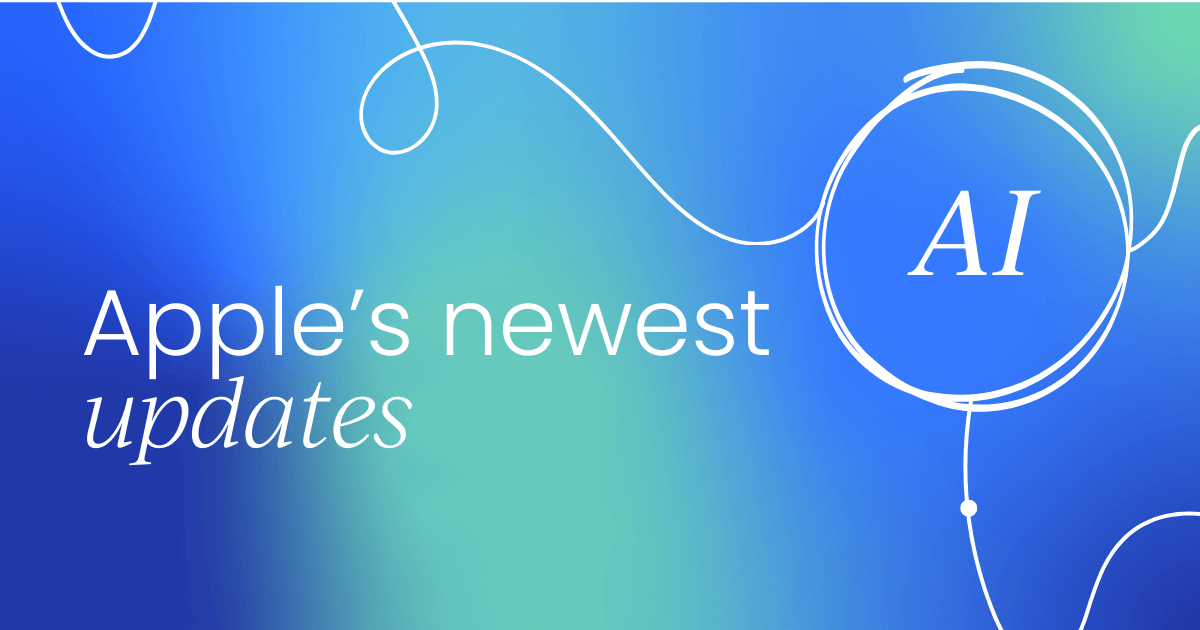Apple's latest updates have created quite the buzz in the tech world. From new hardware innovations to software enhancements, Apple's ecosystem is becoming even more robust, offering numerous opportunities for product managers to leverage these advancements.
In this article, we'll explore the key updates from Apple and discuss how product managers can use these new features to their advantage, driving innovation and improving their products.
A quick overview of Apple's latest updates
Before diving into the nitty-gritty of how product managers can benefit, let's briefly review some of the most significant updates Apple has rolled out:
- iOS 17 and iPadOS 17: New features, enhanced privacy controls, and improved user interfaces.
- MacOS Sonoma: Enhanced productivity tools, better integration with iOS devices, and improved performance.
- WatchOS 10: Health-focused features, new watch faces, and enhanced app capabilities.
- Apple Vision Pro: A groundbreaking AR/VR headset that promises to revolutionize various industries.
- New Hardware: Updated MacBook Air, MacBook Pro, and iMac with M3 chips for better performance and efficiency.
Leveraging iOS 17 and iPadOS 17 for enhanced user engagement
Enhanced user interfaces and widgets
One of the standout features of iOS 17 and iPadOS 17 is the revamped home screen and widget functionality. Product managers can take advantage of these updates by creating more interactive and visually appealing widgets for their apps. These widgets can provide users with real-time information and quick access to key features, enhancing user engagement.
For example, a fitness app can develop widgets that display daily workout progress, motivational quotes, or even quick workout routines that users can access directly from their home screen. This not only keeps the app top-of-mind but also provides value to the user without requiring them to open the app.
Focus on privacy
Apple has always been a champion of user privacy, and iOS 17 continues this trend with enhanced privacy controls and features. Product managers can use this emphasis on privacy to build trust with their users. By transparently communicating how user data is collected, stored, and used, and by implementing robust privacy features, apps can differentiate themselves in a crowded marketplace.
For instance, a finance app can highlight its privacy features, such as end-to-end encryption, secure login methods, and anonymized data analytics, to reassure users that their sensitive information is protected.
Improved augmented reality capabilities
iOS 17 introduces new AR capabilities, allowing developers to create more immersive and interactive AR experiences. Product managers can leverage these capabilities to create unique and engaging features within their apps.
For example, a home decor app can use AR to allow users to visualize how furniture and decor items would look in their own homes, providing a more personalized and engaging shopping experience.
MacOS Sonoma: Boosting productivity and integration
Enhanced productivity tools
MacOS Sonoma comes with several new productivity tools designed to streamline workflows and improve efficiency. Product managers can take advantage of these tools by integrating them into their apps or by creating complementary apps that enhance the MacOS ecosystem.
For example, a project management app can integrate with MacOS Sonoma's new productivity features, such as improved multitasking and window management, to offer a seamless and efficient user experience. This can help users manage their tasks more effectively and boost overall productivity.
Better integration with iOS devices
One of the key strengths of Apple's ecosystem is the seamless integration between its devices. MacOS Sonoma enhances this integration, making it easier for users to switch between their Mac, iPhone, and iPad. Product managers can leverage this by creating apps that provide a consistent experience across all devices.
A note-taking app can offer features like instant syncing, allowing users to start a note on their iPhone and continue it on their Mac without any interruptions. This level of integration can significantly enhance user satisfaction and loyalty.
Performance improvements
MacOS Sonoma brings performance improvements that make the Mac experience smoother and more efficient. Product managers can capitalize on these improvements by optimizing their apps to take full advantage of the new capabilities. This can lead to faster load times, smoother animations, and an overall better user experience.
Apple Vision Pro: The future of AR/VR
Apple Vision Pro is set to revolutionize the AR/VR space with its advanced capabilities. Product managers can leverage this new hardware to create immersive and interactive experiences that were previously not possible.
For example, a gaming company can develop AR/VR games that offer a more immersive and realistic experience, utilizing the high-resolution displays and precise tracking of the Vision Pro. Similarly, an educational app can create virtual classrooms where students can interact with 3D models and simulations, enhancing their learning experience.
Cross-industry applications
The potential applications of Apple Vision Pro extend beyond gaming and entertainment. Product managers in various industries, such as healthcare, real estate, and retail, can explore innovative use cases for this technology.
In healthcare, for instance, product managers can develop AR/VR applications that assist in surgical planning, patient education, and rehabilitation. In real estate, virtual property tours and interior design visualization can provide clients with a more immersive and engaging experience.
New hardware: Performance and efficiency
The introduction of the M3 chips in Apple's new MacBook Air, MacBook Pro, and iMac models brings significant performance and efficiency improvements. Product managers can take advantage of these advancements by optimizing their software to run more efficiently on these devices.
A graphic design app can leverage the improved processing power and graphics capabilities of the M3 chips to offer faster rendering times and more complex design features. This can enhance the user experience and attract professionals who demand high-performance tools.
Practical steps for product managers
Now that we've explored the various updates from Apple and how they can be leveraged, let's discuss some practical steps product managers can take to make the most of these opportunities:
1. Stay updated with Apple's developer resources
Apple provides a wealth of resources for developers, including documentation, tutorials, and forums. Product managers should stay updated with these resources to understand the latest features and best practices for integrating them into their products.
2. Conduct user research
Conduct surveys, interviews, and usability tests to gather insights into how users interact with your app and what features they value the most.
3. Collaborate with developers and designers
Effective collaboration between product managers, developers, and designers is essential for creating seamless and engaging experiences. Ensure that your team is aligned on the goals and vision for your app, and work together to leverage the latest Apple updates.
4. Prioritize privacy and security
With Apple's continued focus on privacy, it's important for product managers to prioritize privacy and security in their apps. Implement robust security measures, be transparent with users about data usage, and ensure compliance with relevant regulations.
5. Experiment and iterate
The tech landscape is constantly evolving, and it's important to stay agile and open to experimentation. Test new features, gather user feedback, and iterate on your product to continuously improve and adapt to changing user needs.
6. Leverage analytics
Use analytics tools to track user behavior. This will help you identify anything that needs to be improved. By understanding how users interact with your app, you can make data-driven decisions to enhance the user experience and drive engagement.
7. Focus on accessibility
Apple's updates often include new accessibility features. Ensure that your app is accessible to all users, including those with disabilities, by following Apple's accessibility guidelines and incorporating inclusive design principles.
Conclusion
Apple's latest updates offer a wealth of opportunities for product managers to innovate and enhance their products. By staying informed about the latest features, prioritizing user needs, and collaborating effectively with their teams, product managers can leverage these updates to create more engaging, efficient, and secure apps.
So, whether you're developing a fitness app, an educational platform, an e-commerce solution, or any other type of software, there's no better time to explore the possibilities offered by Apple's latest updates. By doing so, you'll not only stay ahead of the competition but also provide your users with exceptional experiences that keep them coming back for more.
Unlock the secrets to growth and master monetization.
For successful product-led growth, being able to create immense customer value is the name of the game. But without the tools to effectively capture this value, your product can end up short-changed and your company’s growth can grind to a halt.
This is where Product-led Pricing Certified: Masters comes in.




 Follow us on LinkedIn
Follow us on LinkedIn



